Beyond its starring role in baked goods and fall decor, pumpkins are an ongoing subject of fascination for researchers. Explore highlights from ACS journals and eBooks featuring this autumnal staple.
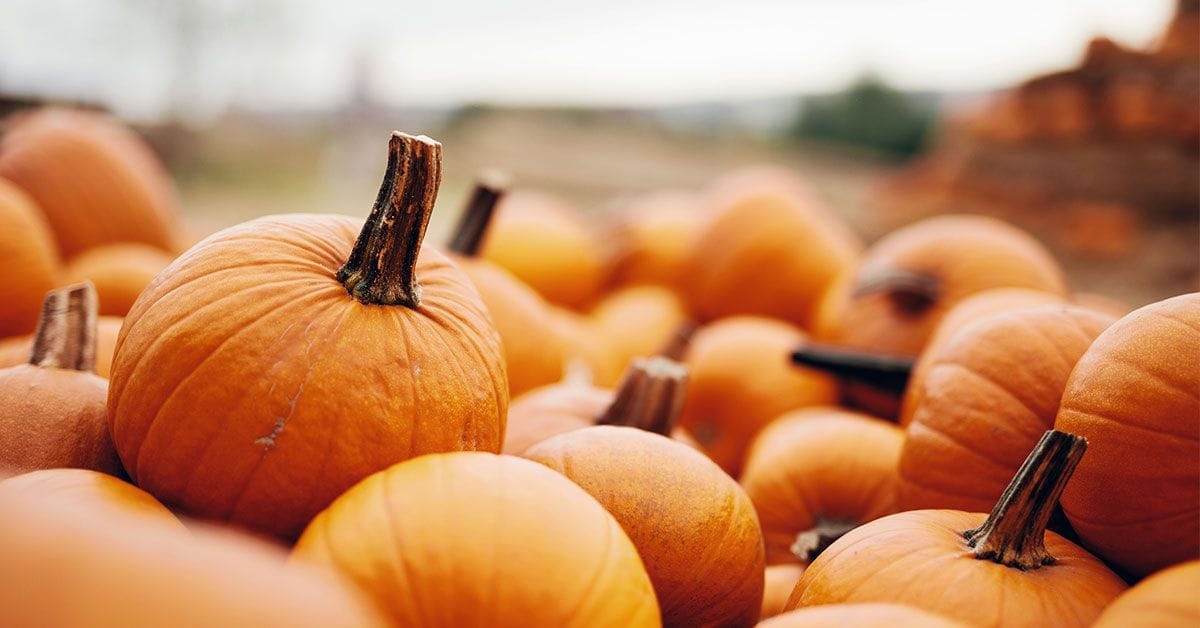
Fall is in the air for many of us. Along with crisp air and vibrant foliage, fall brings a tangible enthusiasm for comforts such as cozy sweaters, warm beverages, baked goods…and all things pumpkin. But beyond its starring role in autumnal tablescapes, pies, and all-too-familiar spice blends, this popular squash plant has been an ongoing subject of fascination across numerous fields of chemistry.
In this collection of ACS journal articles and eBook chapters, we delve into the science behind pumpkins, exploring their unique chemical properties, nutritional benefits, applications in the lab—and even their ties with 2023 Nobel-winning quantum dots research.
So sit back with your favorite pumpkin-flavored snack or beverage and learn more about how these beloved gourds have carved a space for themselves in the realm of chemistry.
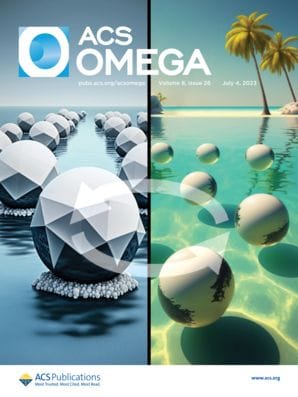
Pumpkin and Pumpkin Byproducts: Phytochemical Constitutes, Food Application and Health Benefits
ACS Omega 2023, 8, 26, 23346–23357
DOI: 10.1021/acsomega.3c02176

Metabolomics and Transcription Profiling of Pumpkin Fruit Reveals Enhanced Bioactive Flavonoids and Coumarins in Giant Pumpkin (Cucurbita maxima)
J. Agric. Food Chem. 2023, 71, 27, 10459–10469
DOI: 10.1021/acs.jafc.3c01883
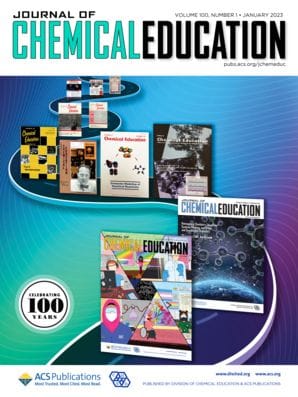
Separation of Fluorescent Protochlorophyllide from Green Pumpkin Seed Using Column Chromatography
J. Chem. Educ. 2023, 100, 1, 312–315
DOI: 10.1021/acs.jchemed.2c00652

Foliar Applied ZnO Quantum Dots Boost Pumpkin (Cucurbita moschata Duch.) Growth and Positively Alter Endophytic and Rhizosphere Microbial Communities
ACS Sustainable Chem. Eng. 2023, 11, 23, 8503–8516
DOI: 10.1021/acssuschemeng.3c00954
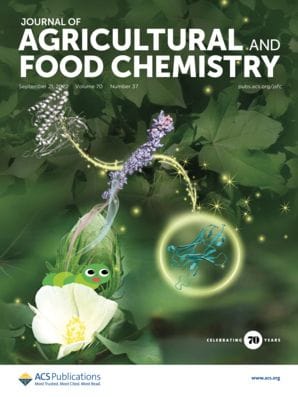
Formation of Previously Undescribed Δ7-Phytosterol Oxidation Products and Tocopherylquinone Adducts in Pumpkin Seed Oil during Roasting, Screw-Pressing, and Simulated Culinary Processing at Elevated Temperatures
J. Agric. Food Chem. 2022, 70, 37, 11689–11703
DOI: 10.1021/acs.jafc.2c03292
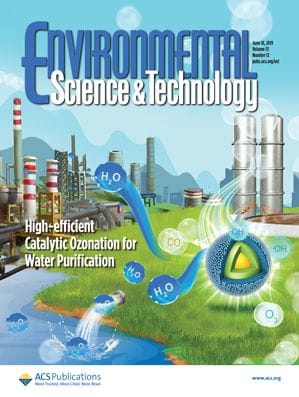
Carbon Chain Decomposition of Short Chain Chlorinated Paraffins Mediated by Pumpkin and Soybean Seedlings
Environ. Sci. Technol. 2019, 53, 12, 6765–6772
DOI: 10.1021/acs.est.9b01215
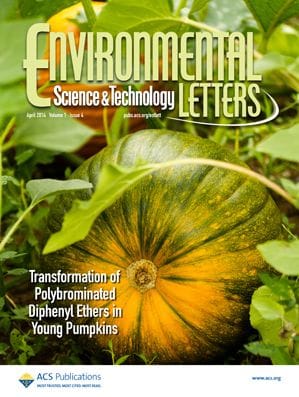
Reciprocal Transformation between Hydroxylated and Methoxylated Polybrominated Diphenyl Ethers in Young Whole Pumpkin Plants
Environ. Sci. Technol. Lett. 2014, 1, 4, 236–241
DOI: 10.1021/ez500068q
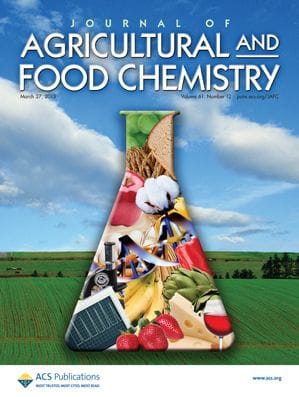
Characterization of the Aroma Signature of Styrian Pumpkin Seed Oil (Cucurbita pepo subsp. pepo var. Styriaca) by Molecular Sensory Science
J. Agric. Food Chem. 2013, 61, 12, 2933–2942
DOI: 10.1021/jf400314j
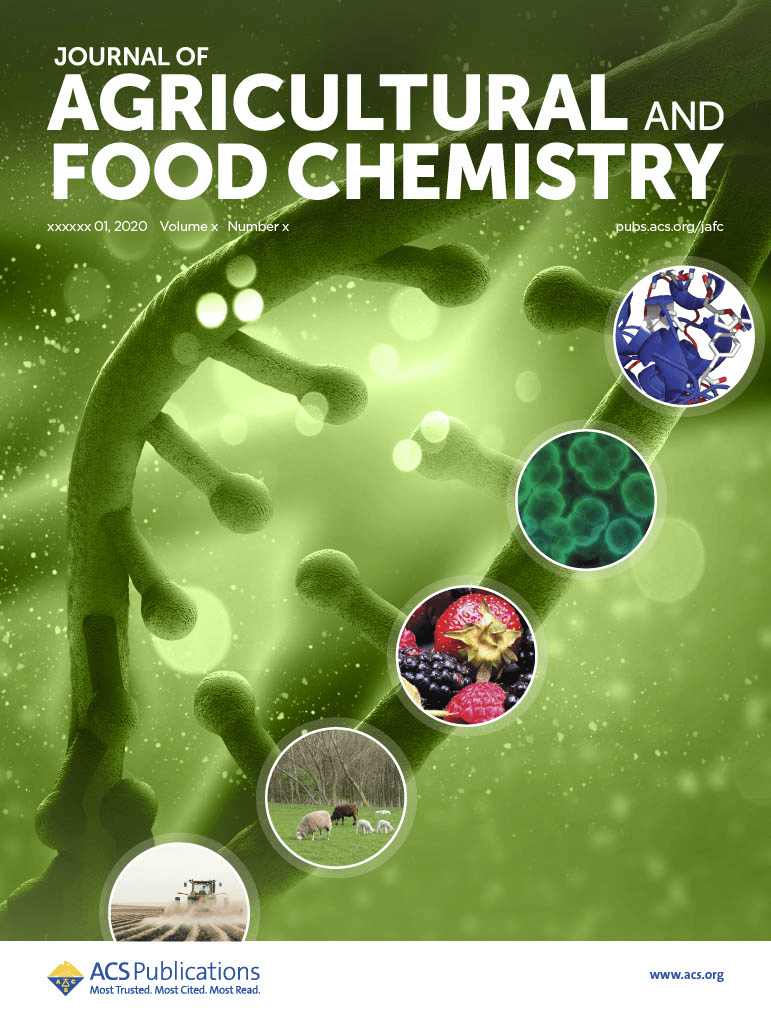
Antifungal Mechanism of a Novel Antifungal Protein from Pumpkin Rinds against Various Fungal Pathogens
J. Agric. Food Chem. 2009, 57, 19, 9299–9304
DOI: 10.1021/jf902005g
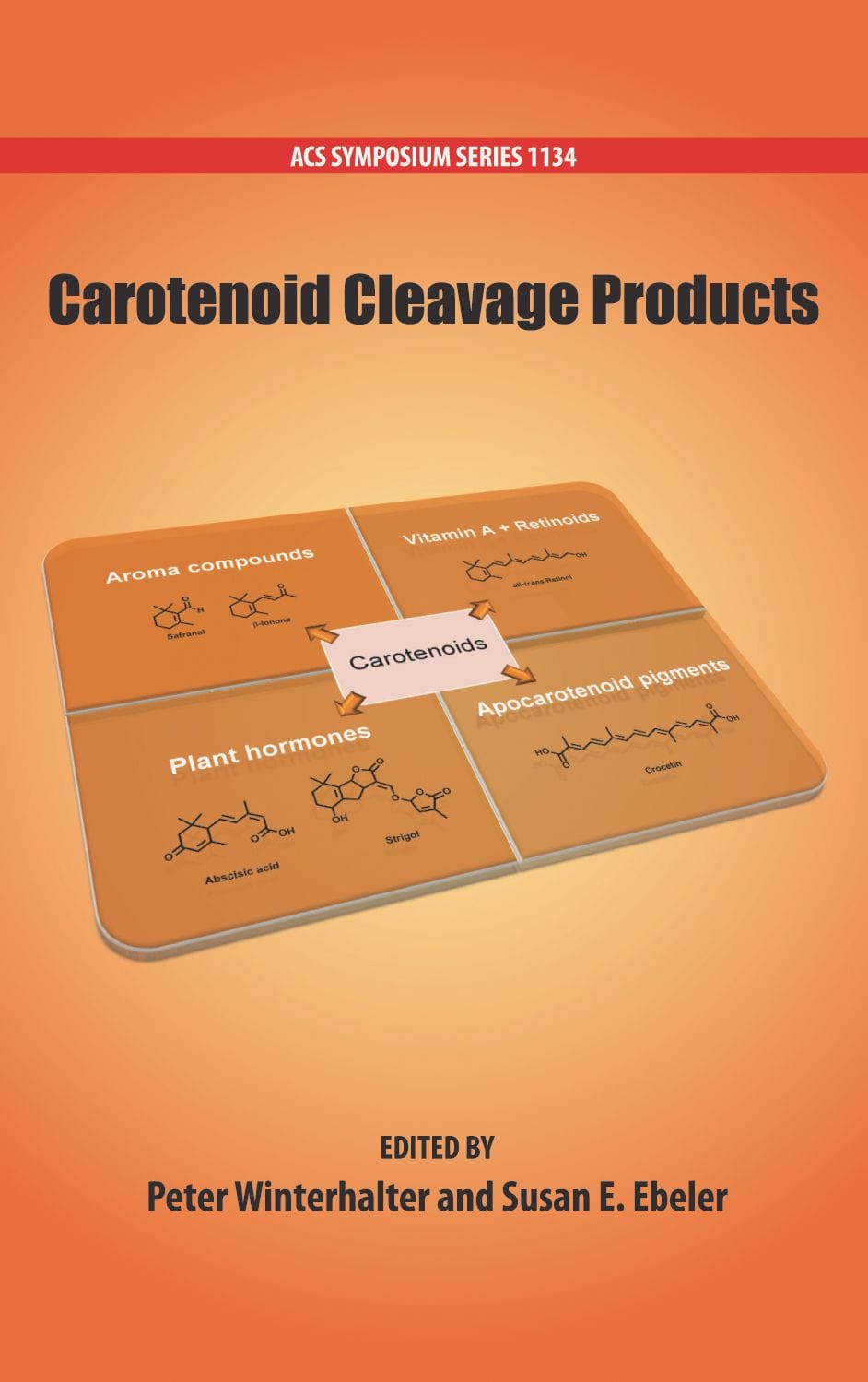
Carotenoid Content And Flavor Of Pumpkin Juice
Carotenoid Cleavage Products
Chapter 8, pp 81-93
DOI: 10.1021/bk-2013-1134.ch008
ACS Symposium Series, Vol. 1134
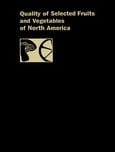
Volatile Constituents of Pumpkins
Quality of Selected Fruits and Vegetables of North America
Chapter 11, pp 129-136
DOI: 10.1021/bk-1981-0170.ch011
ACS Symposium Series, Vol. 170